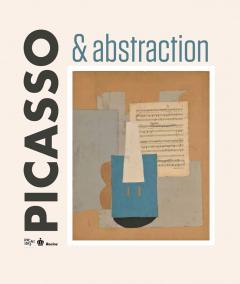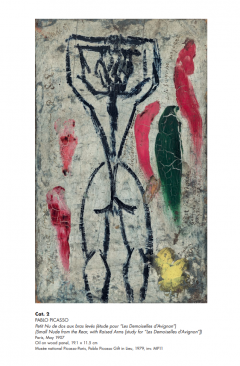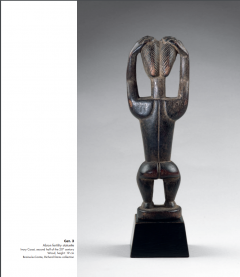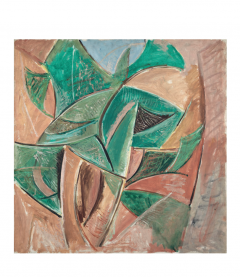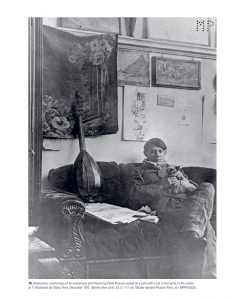Picasso & abstraction explores a hitherto rarely explored area and demonstrates the sheer power of an extraordinary imagination.
From the outset of the 20th century, Pablo Picasso (1881-1973) ranked as one of the most influential artists in the evolution of the avant-garde and abstract art. From his earliest Cubist experimentations in 1907 with Les Demoiselles d'Avignon to his late work, which occasionally verged on gestural painting, Picasso's own relationship with abstraction remains intriguing. Through small steps forward, retractions and reversals, this relationship unfolds chronologically, thus revealing the artist's back-and-forth movement between abstraction and figuration.
Testifying on how this evolution unfolded in Pablo Picasso's oeuvre, several essays also address its echo in the Russian avant-garde in the 1910s, his ceramic creations in Vallauris and the resurgence of sacred art in the aftermath of the Second World War.
Through a broad selection of paintings, sculptures, drawings, and etchings - most of which were chosen from the extensive collection of the Musée national Picasso-Paris - this book invites us to step inside the artist's studio to discover his creative process.
The Lannoo Publishing Group wants to be a leading, creative and flexible knowledge enterprise pursuing both cultural and economic value. This pursuit for cultural surplus value is rooted in the mindset of the founder of Lannoo Publishing and his interest for cultural life. Our enterprise has always been loyal to this vision and has thus acquired its unique profile in the market. The economic surplus value is necessary for serving the needs of our clients, employees, share holders and the community which we are part of, in an enduring way.

